Onigiri and Shohei Ohtani – A Japanese Sojourn – March 2025
By Peter Olney
This was my second trip to Japan. Christina Perez and I visited first in the fall of 2023 to see our son, Nelson, who lives in Tokyo. The whole month of March 2025 has been devoted to him and taking in more of the country than on our last visit. We went 400 miles north to Aomori, at the northern tip of Honshu, the main island of Japan, where Christina and I discovered the “onsen,” natural hot springs and the bathing facilities around them. I am accustomed to the cold plunge on Ocean Beach in San Francisco, but the onsen provide me with a cold pool and then a very hot bath. Very therapeutic for all the aches and pains of aging parts. I’ll be looking for some Bay Area onsen when I return. We visited the base of Mt. Fuji and returned again to Kyoto, the ancient capital of Japan, but now a city of 1.2 million. The cherry blossoms are starting to bloom, and life is good here at our house in Hino City, one of the many cities that make up the Tokyo metro area of 37 million.
Hino, population 190,000, is not glitzy, and rarely do we see non-Japanese folks in the area around the station where we reside. Hino is the home of Hino Motors, a truck-manufacturing subsidiary of Toyota. The Japanese auto industry and the business press are all abuzz about the stiff 25% tariffs that Trump is about to impose on Japanese autos entering the USA. Toyota is looking a bit foolish as they lavished praise on Trump in the run-up to the election and dutifully donated $1 million to his inauguration. They were motivated by the fact that Trump talked about stopping electric auto mandates. The giant Japanese automaker supported his position because they have bet their future on hybrids—gas and electric-powered vehicles. Trump’s hypocrisy and mendacity are on full display as he has lavished praise on South Korea’s Hyundai for building a $7.6 billion electric vehicle factory in Alabama and specifically exempting them from the auto import tariffs. Ass kissing and ego aggrandizement are the most effective tools for diplomacy with the Donald, and even that may not be enough depending on his latest whims! Tough talk of tariffs and economic nationalism belies the fact that the whole auto industry is international, sourcing parts and production everywhere. And management reflects this. The CEO of Nissan is Mexican, and the CEO of Hyundai is Spanish. Unions would be well advised to shed any domestic loyalties and unite with workers of the world.
Enough of this manufacturing talk. The big story when we arrived and remains so is #17 Shohei Ohtani and the Dodgers. Shohei is everywhere, and the two games between the Dodgers and the Chicago Cubs on March 18-19 were massive sellouts, with bleacher seats retailing up to $900. Both teams are loaded with several Japanese stars, and baseball is omnipresent in Japan. The high school playoffs are televised daily, and the quality is amazing. A high school pitcher throwing 95 MPH!
We had the good fortune to snag seats to see the Yomiuri Giants (the Yankees of Japan) play the Chiba Lotte Marines on March 23 in a preseason game in front of 42,000 at Tokyo Dome. We purposefully sat in the bleacher rooting section for the Giants. The fans are bedecked in Giants hats and shirts and stand and chant the whole home half of the inning when the Giants are up. Each starting player has a specific chant published in the paper program—thank God somewhere in the world there are programs. The ritual at the games is amazing, and we were warned that wearing the colors of the Chiba team in the Giants cheering section would be cause for expulsion!
Shohei is everywhere, advertising clothing, autos, and my favorite—onigiri! Onigiri are a Japanese dish consisting of small balls or triangles of rice stuffed with pickled or salted filling and wrapped in dried seaweed. My son introduced these to me on our first trip, and they have become our breakfast go-to food! We usually pick up our morning onigiri at Seven Eleven, Lawson’s, or Family Mart, three of Japan’s giant convenience store chains that feature fresh-made food daily. In fact, Seven I, the holding company for worldwide Seven Eleven, has rejected a $47 billion takeover offer from Canada’s Alimentation Couche-Tard Co., partly because of an issue of onigiri freshness. Onigiri inventory is turned over daily, and the company maintains a high standard of quality and freshness. Evidently, Couche-Tard doesn’t share that concern and is willing to cycle inventory over two days. This is somewhat emblematic of the riddle of Japanese society—robust capitalism coupled with certain societal values. Always good to remember that the CEO-to-worker pay ratio in Japan is 12-1, versus the US at 300-1. This is not principally driven by a powerful left labor movement redistributing income downward but by certain societal norms and customs.
If you are outraged about Trump and Musk and their daily attacks, being here in Japan is almost soothing. The big political scandal generating the most front-page ink is the fact that Prime Minister Shigeru Ishiba gifted $700 each to 15 members of his own ruling Liberal Democratic Party. This was his own money, but it is seen as an ethical violation that might bring his government down! The other thread I have followed is the debate over gender equality. Japan is the lowest ranking of the G-7 countries for gender equality. The debate in Japan has arisen over attempts to change the marriage surname law, which requires both spouses to use the same name, and that has usually meant choosing the male surname.
Healthcare, universal or not, is always a measure of societal progress. The Japanese Constitution expressly declares that citizens have a right to healthcare, and that it is the state’s responsibility to ensure that right can be realized. The government’s commitment to healthcare for all led to universal health coverage in 1961. Free access is guaranteed, and Japan was the first country in the world to establish a systematic long-term care insurance system. I had a bum knee in Japan. Years of football, jogging, and other exertions came home to roost with an aching right knee aggravated by carrying luggage. I went to see an orthopedic doctor at a clinic in Kichijoji. He is the brother-in-law of a friend of ours who we met in the US. He is a top-flight bone doctor who was the team physician for the Japanese Olympic Mogul ski team for the Salt Lake 2002 games!
The visit was fast and efficient. The doctor ordered x-rays immediately. He examined the rays and recommended the injection of hyaluronic acid for joint lubrication. I had never heard of this treatment, but I went for it. Days later, and with the assistance of hot baths, the knee is doing much better. But what was more impressive was how my pocketbook was doing after the visit. I am a foreigner without Japanese national insurance, and I paid $80 for the whole visit. There is civilization beyond the borders of the highly privatized, rapacious healthcare system of the US. No Luigi Mangione here!
On my first visit in 2023, I did a training on internal union organizing for Zenroren, the second-largest national trade union federation with over 700,000 members in their affiliated unions. At the invitation of Assistant National Secretary for External Affairs, Keisuke Fuse, I spoke this time on Labor under Trump or Labor Building Power and Overcoming Trump. We did the talk at the headquarters of Zenkyo, the All Japan Teachers and Staff Union, a Zenroren affiliate. There was a national Zoom hookup. The meeting was ably chaired by Zenroren National Secretary Kurosawa.
My talk was on March 21; a few days after the wage settlements under “Shunto” were announced. Shunto is the Japanese term usually translated as “spring wage offensive.” It was first carried out in 1954 in response to the company-by-company or “enterprise” unionism that made unions reluctant to strike one firm for fear that other companies would snap up market share. Therefore, the unions agreed on one date to potentially strike if their demands were not met. The Shunto has evolved into a largely ritualistic push without the real threat of national strikes. I went to a small but spirited Zenroren rally in front of NTT (Japanese Tel and Tel). Soon after, I was astounded to read in the newspaper that Toyota, for instance, agreed to meet the union’s full wage requests, and some major corporations gave raises higher than demanded by the unions. A seemingly bizarre twist, although I remember when certain grocery employers in the USA gave higher wages than the United Food and Commercial Workers (UFCW) contract called for in order to attract personnel in a tight labor market.
I have spent a lot of time in Italy over the last 54 years and Christina and I like to settle into our neighborhood in San Frediano, Florence for a few months each year. Japan seems to be pretty intrigued by Italy also. There are tons of Italian restaurants with mediocre food, but besides the embassy the Italians have a large Cultural Center opposite the gardens of the Imperial Palace. Our friend Giacomo Benvenuti of Florence spent 10 days with us at the tail end of our month in Tokyo. He took us to the Ghibli Museum which is dedicated to the work of Studio Ghibli, the producer of many animated films that are renowned around the world: My Neighbor Tortoro and Princes Mononoke and The Boy and the Heron. Ghibli is an Italian word meaning a hot dust, bearing wind from the North African desert. It is derived from the Libyan Arabic word “gibli” meaning south wind. Studio Ghibli’s legendary director Hayao Miyazaki adopted the name for his studio because he felt the need for inspiration from a hot wind. The Museum is an experience unlike any other museum that I have visited and Miyazaki is quite an amazing figure, very prolific and very much involved in the peace movement. He has won 2 Academy Awards for Best Animated Feature films and in 2001 he boycotted the Academy Awards because in his words: “The reason I wasn’t here for the Academy Award is because I didn’t want to visit a country that was bombing Iraq.” Giacomo further observed that, “Even if Japan ranks low in gender equality, their animated films portrayed strong, independent heroines (already from the 80s). They were able to combine this sort of new and controversial idea with a narrative exalting at the same time the old pre-capitalist traditional culture, particularly the Shinto deep search for equilibrium.”
There is lots more to reflect on about Japanese customs and politics, and I was hoping for a final meet-up with Attorney Suga Shunjii, who is spearheading a Japanese legal assault on the phony Amazon Independent Contractor (IC) model—winning Workers’ Compensation claims for injured IC drivers at Amazon in Japan. Speaking of phony ICs, Uber is not legal in Japan, but you can use the very efficient and reliable Uber app to request taxis. And we did!
So, while we ate well and enjoyed our time with our son and the onsen baths, I couldn’t help myself—it was a busman’s holiday after all!!!
…
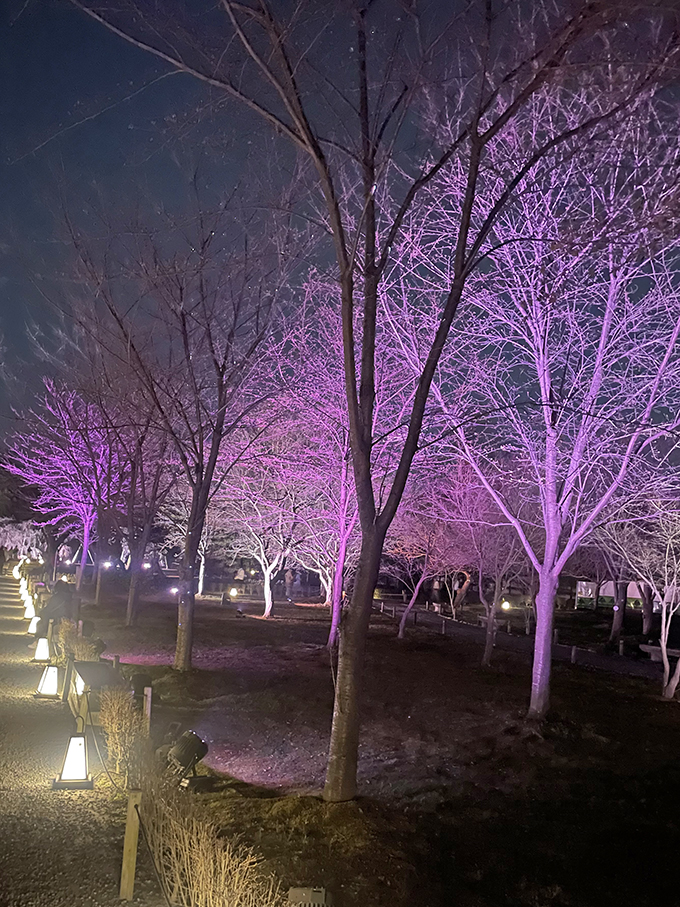
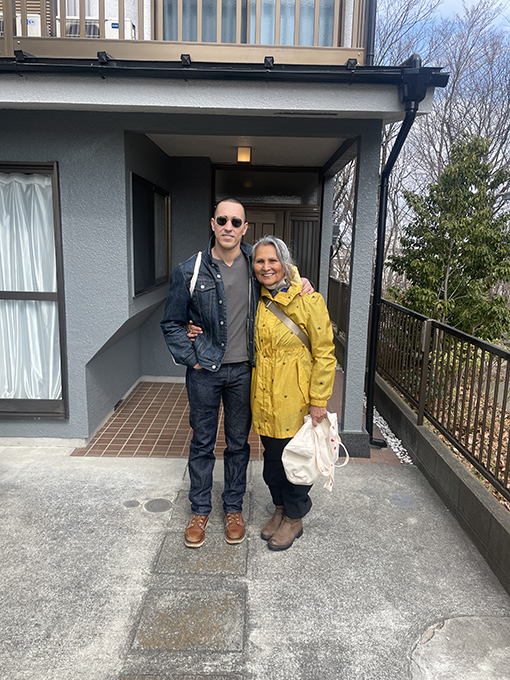
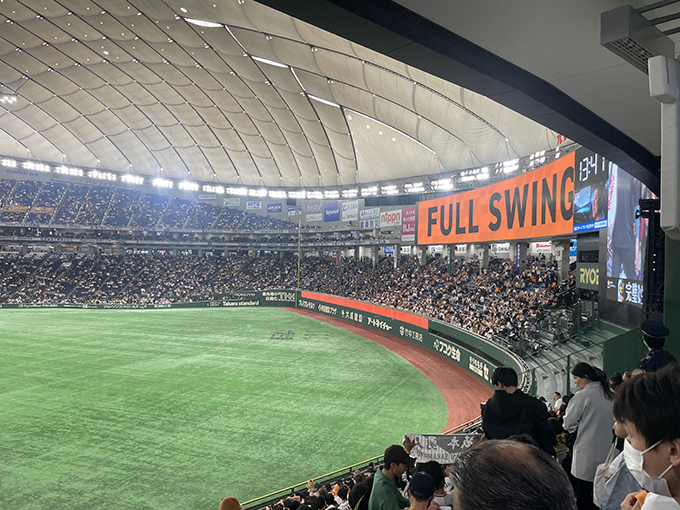
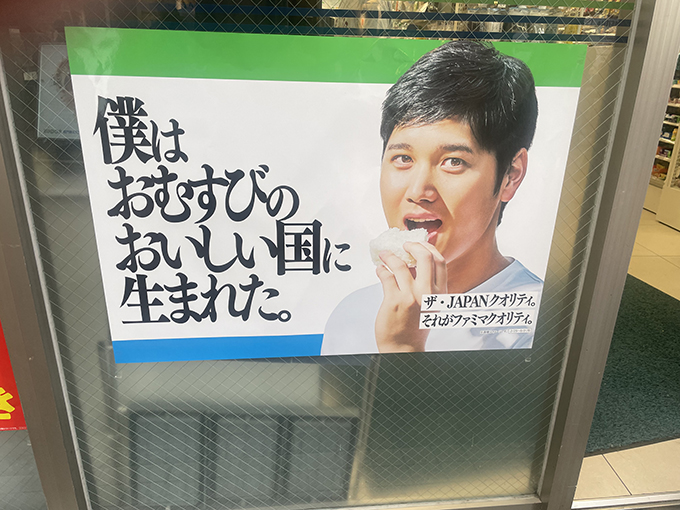
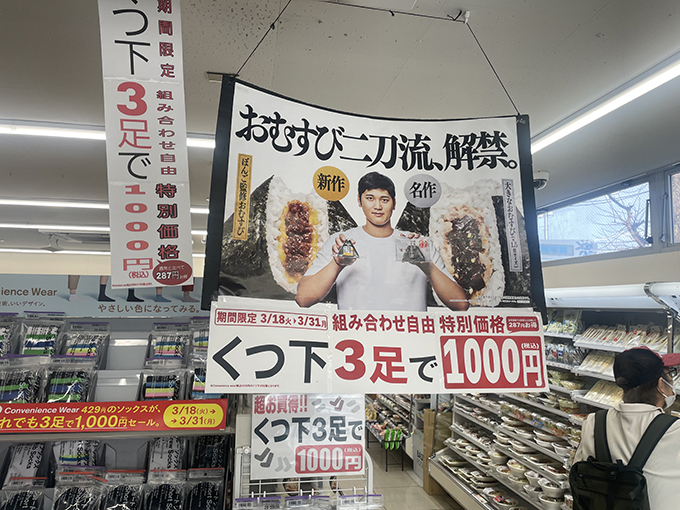
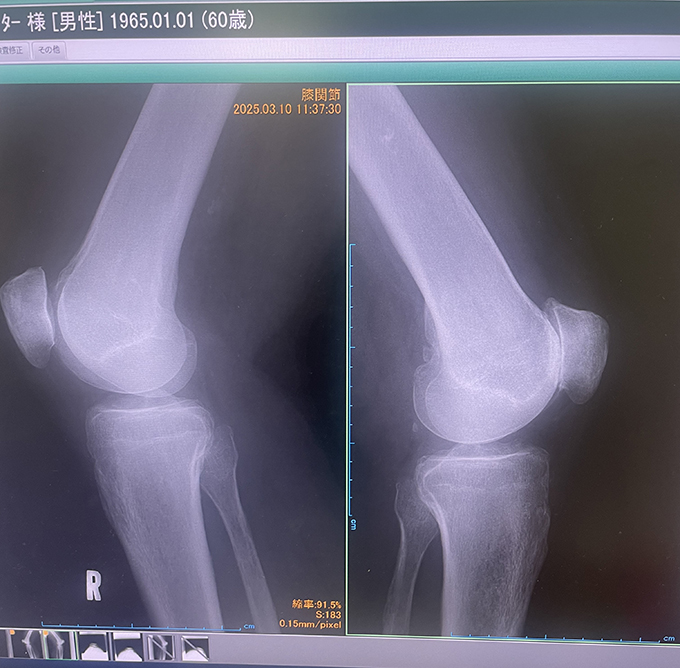
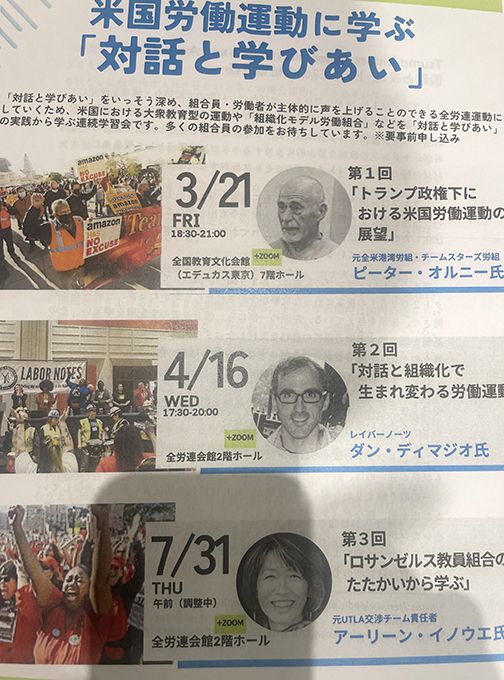
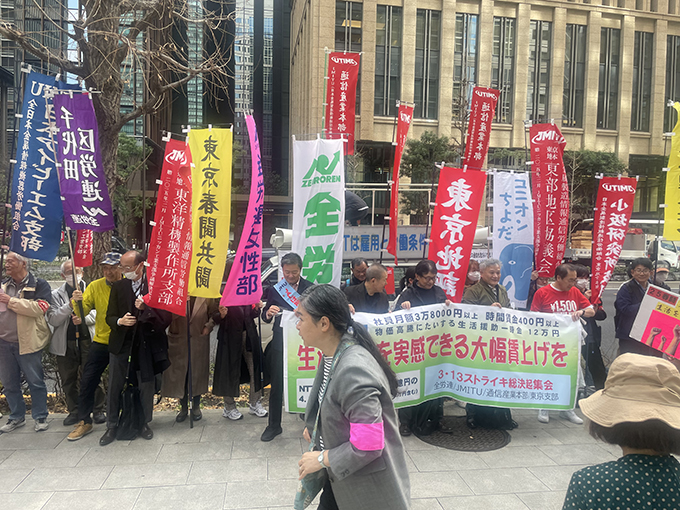
Very cool, Peter. I learned much. I was over in Kyoto for the Kyoto Awards a while ago. Besides the best sushi, I was surprised to see rice growing in irrigated vacant lots downtown. They should try that in LA!
Great article. You’ve certainly become a Japanophile! Let’s coordinate a trip sometime. Shohei is indeed deeply embedded all over Japan. I have a friend who is an over 80 female docent at one of the great gardens of Japan and she also is nuts for him
Very engaging description of your trip, Peter. I like the personal details. Imagine getting quality onigiri from a 7-11! And the health coverage, amazing.